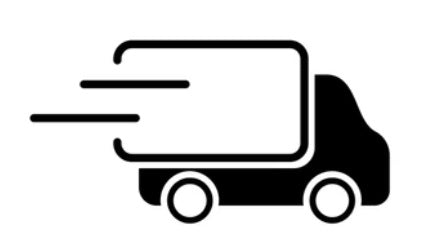Safe Selection Guide
Selecting the right safe or vault is crucial to ensuring the security of your valuables, firearms, documents, and other important items. With a variety of options available, understanding the key factors can help you make an informed decision. Here's a comprehensive guide to assist you in choosing the perfect safe or vault for your needs:
🔍 How to Choose the Right Safe or Vault
1. Assess Your Needs
Begin by identifying what you intend to protect:
-
Firearms: Consider gun safes with appropriate storage capacity and quick access features.
-
Documents & Cash: Look for safes with fire and water resistance to protect against environmental hazards.
-
Jewelry & Valuables: Opt for safes with high-security ratings and interior organization.
-
Digital Media: Ensure the safe maintains internal temperatures suitable for electronic storage devices.Toronto Safes
2. Understand Safe Ratings
Safe ratings indicate the level of protection a safe offers:
-
Burglary Ratings:
-
RSC (Residential Security Container): Basic protection against entry-level attacks.
-
TL-15 / TL-30: Tested to withstand tool attacks for 15 or 30 minutes, respectively.
-
TRTL-30x6: Resists both tool and torch attacks on all sides for 30 minutes.
-
-
Fire Ratings:
-
UL Class 350: Protects paper documents by maintaining internal temperatures below 350°F.
-
UL Class 150: Suitable for magnetic tapes and photographic film.
-
UL Class 125: Designed for floppy disks and other sensitive media.National Assemblers: Home+10Wikipedia+10Wikipedia+10
-
Higher ratings typically correspond to increased protection and cost.Toronto Safes+3The Spruce+3safesworld.com+3
3. Consider Size and Capacity
Choose a safe that accommodates your current items and allows for future additions:
-
Small Safes: Ideal for documents, cash, and small valuables.
-
Medium Safes: Suitable for multiple items, including handguns and important documents.
-
Large Safes: Designed for long guns, large collections, or bulk storage.
Ensure the safe fits in your intended location and consider the weight for floor support.Reddit+3Menards+3safesworld.com+3
4. Evaluate Locking Mechanisms
Different lock types offer varying levels of convenience and security:Better Homes & Gardens
-
Mechanical Combination Locks: Reliable and do not require power but may be slower to open.
-
Electronic Keypads: Allow quick access and easy code changes; require battery power.
-
Biometric Locks: Use fingerprint recognition for fast and secure access.
-
Dual Locks: Combine two lock types for enhanced security.The SpruceWikipedia+1Thekeyshop.com - Trusted since 1978+1
Choose a locking mechanism that balances security needs with ease of access.Thekeyshop.com - Trusted since 1978+3The Spruce+3Toronto Safes+3
5. Assess Fire and Water Protection
Safes with fire and water resistance offer protection against environmental threats:Toronto Safes+2inkassafes.com+2Better Homes & Gardens+2
-
Fire Resistance: Look for safes rated to withstand high temperatures for a specified duration (e.g., 1 hour at 1700°F).
-
Water Resistance: Important for areas prone to flooding; ensures contents remain dry during water exposure.inkassafes.com+2The Spruce+2Toronto Safes+2
Verify that the safe's ratings meet your specific protection requirements.The Spruce
6. Determine Installation Location
Select a location that balances accessibility with security:
-
Visibility: Conceal the safe to reduce the risk of targeted theft.
-
Structural Support: Ensure the floor can support the safe's weight.
-
Environmental Factors: Avoid damp areas to prevent moisture damage; consider dehumidifiers for humidity control.safesworld.com+1Family Handyman+1Menards+1Toronto Safes+1Toronto Safes
Professional installation may be advisable for larger or more complex safes.
By carefully considering these factors, you can select a safe or vault that provides the appropriate level of security and protection for your specific needs. If you require further assistance or have specific questions, feel free to reach out to our customer support team.



